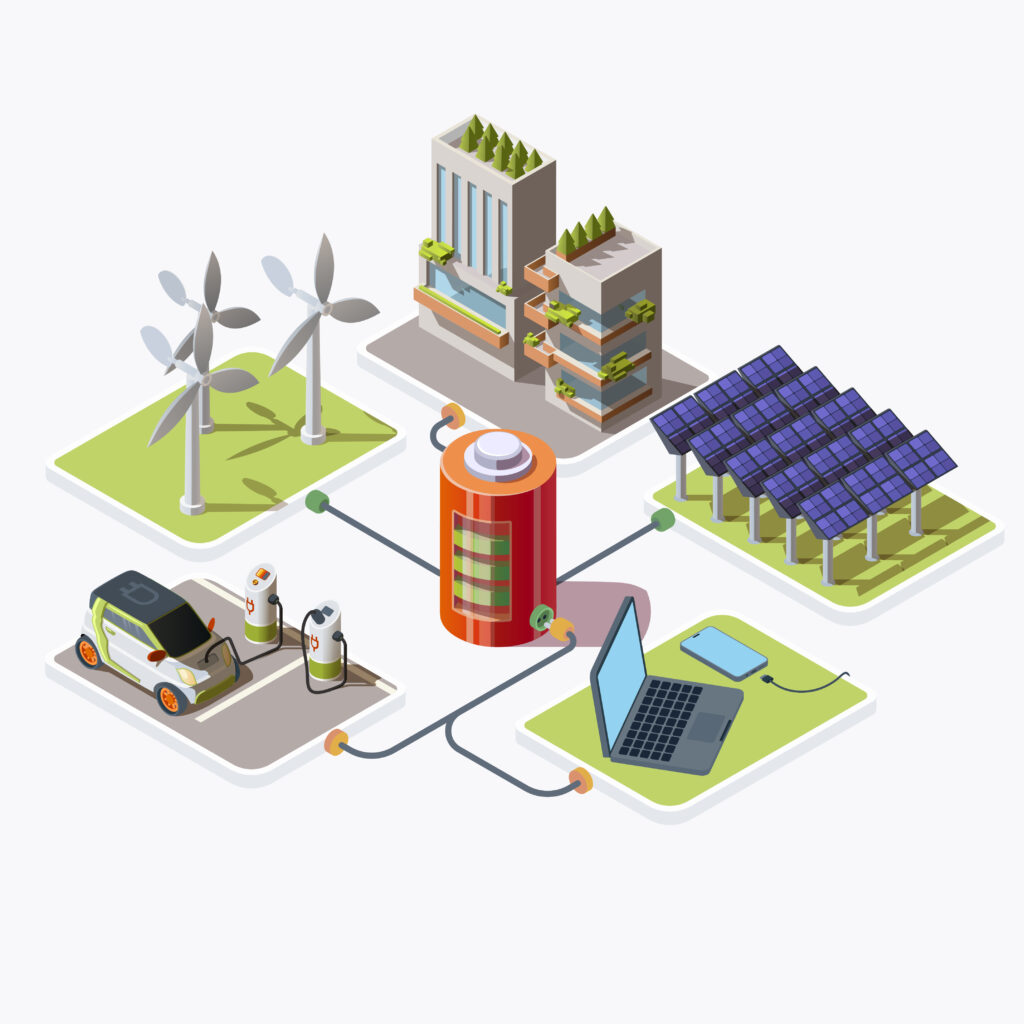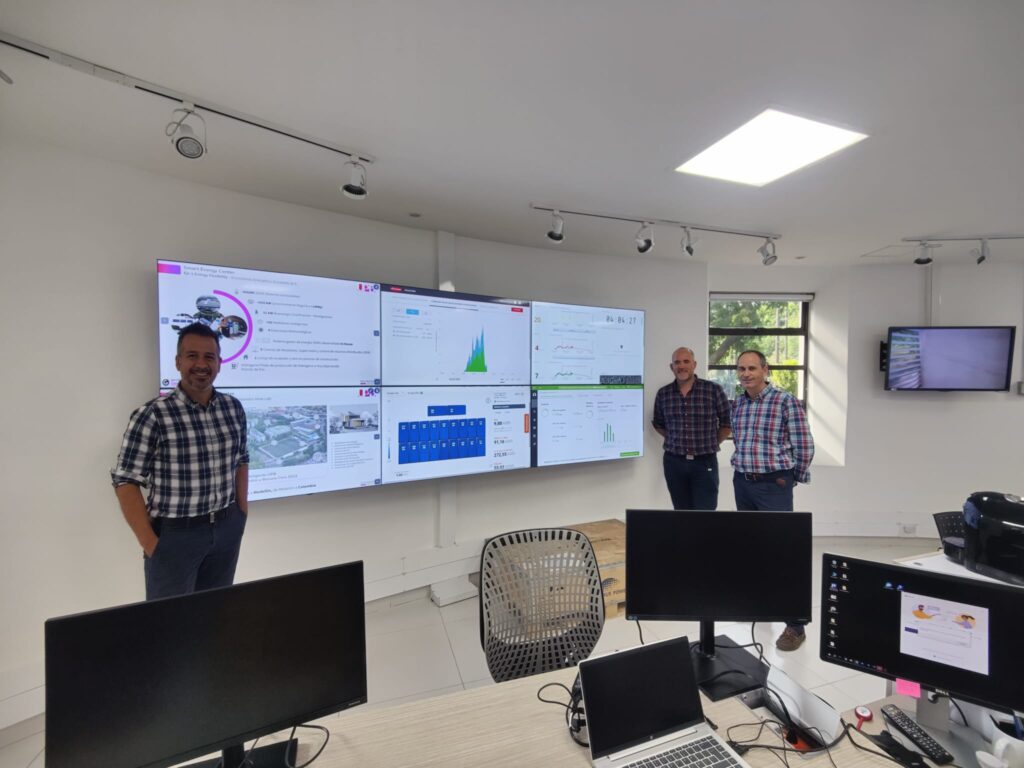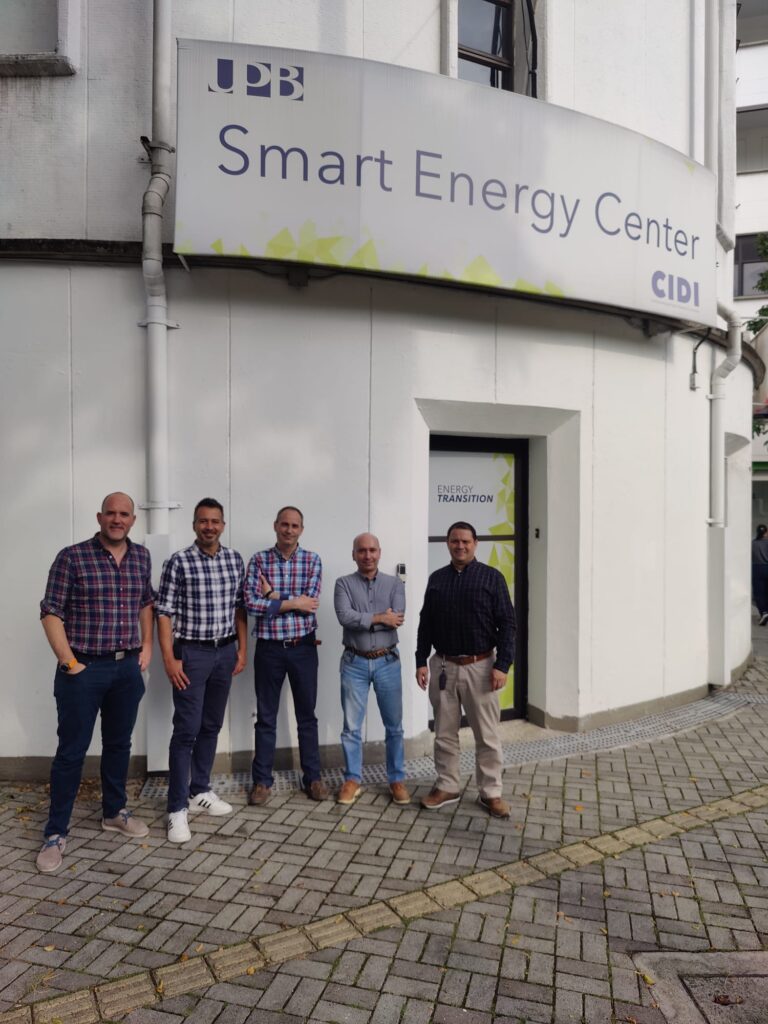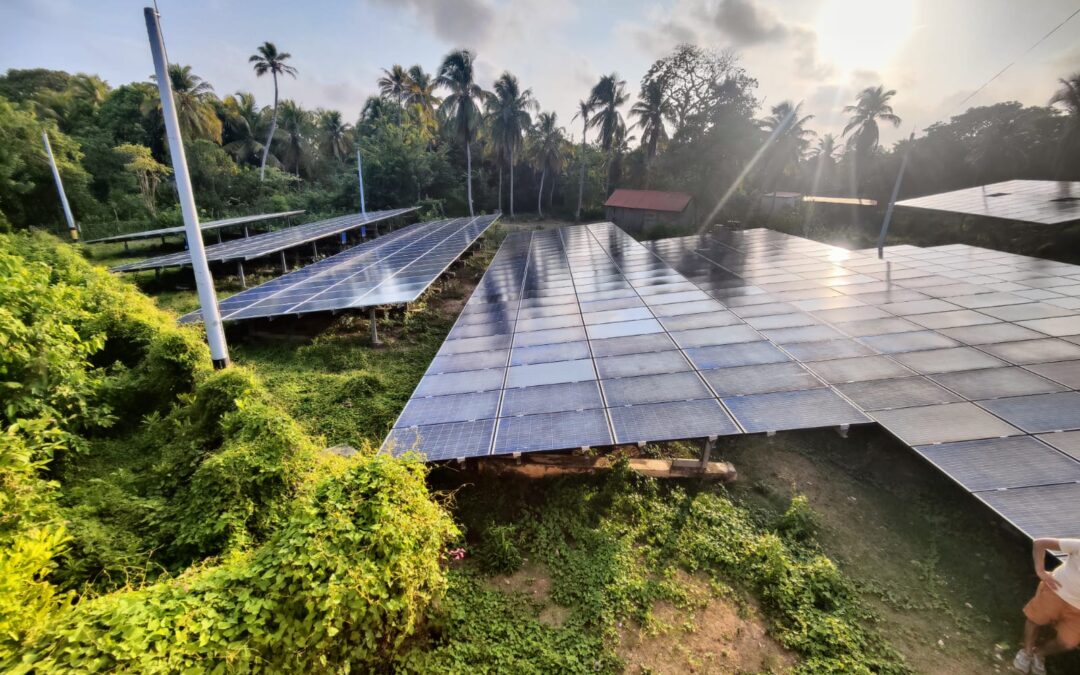Universal acces to sustainable energy is an indisputable objective for the human development and the fight against poverty. Electrical energy services are vital “satisfiers” of human needs such as cooking and refrigeration, lighting, heating, trasnport, communication, among others. It is therefore possible to state that access to energy reduces poverty, improves health, the environment, increases productivity and promotes economic growth. However, there are still more than 1,100 million people in the world without access to electricity supply -nearly 15% of the global population-1 , of which, according to the Economic Commission for Latin America and the Caribbean (ECLAC), 34 million live in Latin America and the Caribbean, which represents 5% of the total population. In addition, what remains to be electrified are poor, hard-to-reach locations, which require new service models and new actors, and for which sustainability and affordability will require special attention and support.

These, among other points related to access, equity and quality of energy sources to meet the basic needs of the population, constitute a number of challenges yet to be addressed. In areas with precarious electricity supply, power cuts represents a serious threat to the well-being of communities and their economic development. The cascading effects after an electric interruption can cause major social and economic losses.
Traditionally in the Ibero-American region, the solutions for electrification, either in emergencies or due to lack of access, have been the extension of the distribution grid, the use of fossil fuel generators for a limited number of hours and, lately, incentives and support for projects based on Non-Conventional Renewable Energies (NCRE). It can sometimes be difficult to extend the electricity grid to these locations due to: remote locations, low population density or lack of existing infrastructure. Consequently, electricity must be supplied locally using stand-alone household systems or microgrids that make use of the local resources at their disposal (a microgrid is basically, a local electricity service that produces energy by means of a generator and distributes it through several wires to surrounding households and businesses).
The importance of implementing local renewable energy systems, whose operation doesn´t entail high costs for the different users, helps to transform the vicious circle that exist between economic development and energy supply into a virtuous one, in a relationship where the lack of the former makes the latter impossible and vice-versa. However, these projects boosted by the State and/or private entities often depend tehnically and economically on external agents, and therefore, their continuity is often subject to continuous contributions from entities outside the area where they are installed, relegating the beneficiaries to a primarily passive role vis-à-vis the installed technology, and to high additional costs for the installer for maintenance actions, which on many cases makes them “forget” about the installation, as their business is oriented towards investment and not towards operation.
Therefore, the implementation of this type of systems not only requires an economic effort, but it is also necessary to incorporate new innovative models fso that the implementation is socially, economically and environmentally sustainable, with the participation of new actors. Thus, the actors providing the energy service must necessarily involve the beneficiaries, in line with their traditional ways and uses.

Therefore, in isolated rural communities where grid extension isn´t the most appropriate solution in terms of time or cost, it is necessary to install local microgrids to help meet the energy needs of the rural community. For their design and plannning, it is necessary to use planning tools that assess the coverage of demand, recommending which technology would meet this requirement. This type of planning, which takes into account the different technologies available and local renewable resources, allows for a coordinated organisation with distribution companies, preventing private initiatives for isolated electrification from being overtaken in a short time by grid supplies, thus wasting valuable available energy resources2.
The selection and sizing of the most appropriate electrification technologies for each user and each community based on geographical, natural, technical, socio-economic and other large-scale environmental variables for energy planning and investment analysis is a fundamental challenge.

In systems with controllable generation, adjustment to demand can be made, so balancing the grid is simpler. However, in grids with a high penetration of renewables, it is necessary to complement them with storage systems or demand management systems to balance the availability of non-controllable renewable energy with needs that can often be shifted over time (demand flexibility). Design tools, on the one hand, and control strategies, on the other hand, are different in both scenarios.
In consideration of the above, with the aim of providing a quality energy supply solution in isolated, non-interconnected areas of Latin America, CARTIF, together with the other partners in the PLADEMI project, has developed a tool that allows the dimensioning of microgrids, taking into account both energy parameters of renewable and indigenous origin, and social parameters, so that the energy-social development nexus can be evaluated in a coordinated manner. Without energy there are no services, without services there is no development, without development there is no quality of life. Within this framework, CARTIF researchers have travelled to Colombia for several days to hold meetings with the TAYEA research group of the National University of Colombia, Medellin, and the UPB Smart Energy Center of the Pontifical Bolivarian University, in order to share information, knowledge and experiences, visiting their pilot facilities focused on the development of communities in the context indicated. On the other hand, we also visited the community of Isla Fuerte, a small island (3.25 km²) located in the Colombian Caribbean, with a population of 2500 inhabitants living in approximately 500 houses, energetically supplied by a micro-grid consisting of a 400 kW diesel generator set, a 175 kWp photovoltaic plant and 432 batteries of 3850 Ah. Thanks to conversations held with the island’s community, an exercise of understanding and analysis of the social aspects to be taken into account in this type of project has been carried out, and which need to be included in the tool developed in the PLADEMI project.
1 «Global Tracking Framework 2015»
2 Eisman et al., 2017
Co-authors
Luis Ángel Bujedo. Industrial engineer
Álvaro Corredera. Electronic engineer
Jesús Samaniego. Industrial engineer
- PLADEMI: access to energy services for development in Ibero-America - 16 June 2023
- Reduction of costs and emissions in factories: real cases - 18 May 2018
- Best practices in energy efficiency in industry projects - 21 September 2017
